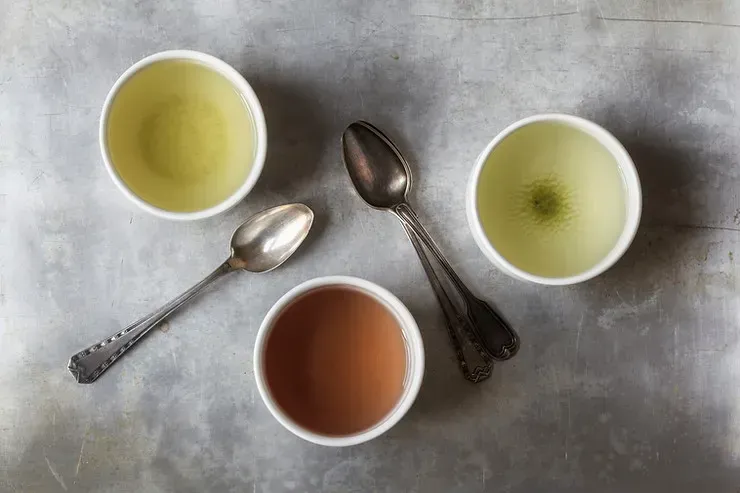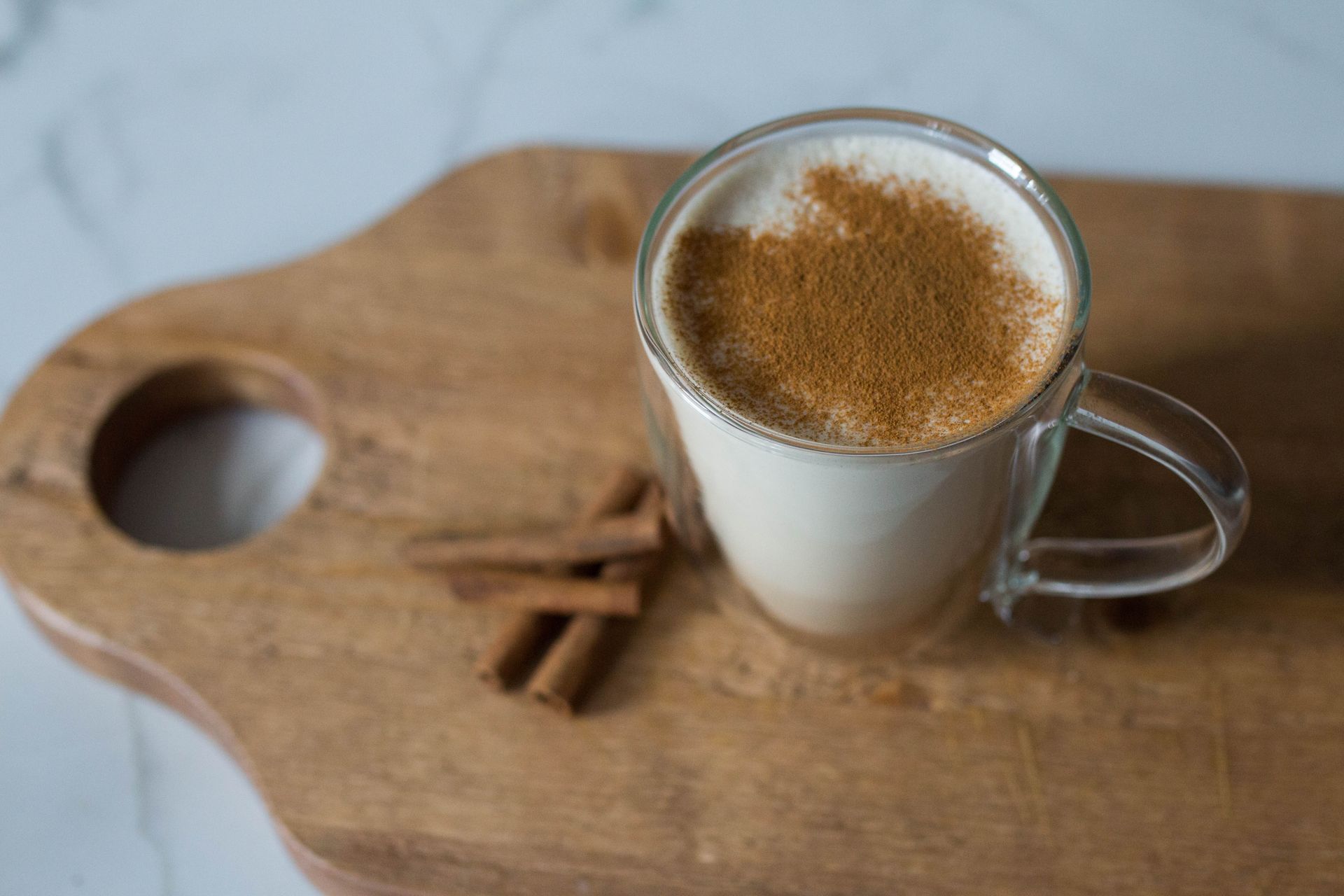Warm Up to Autumn with Seasonal Foods
Do you ever wonder why you crave fresh salads in the summer time, but come October all you can think about is warm apple cider and butternut squash soup? This is because our bodies, specifically our digestive system, is starting to preserve energy and heat. Your body is a temple of our surroundings. Being in Canada during fall and winter we are surrounding by cold and dry climate. During this time our bodies become more sensitive to cold and become dry. We always blame the weather for our dry skin and the number of layers we have to wear, but it is also a reflection of what we are nourishing our temple / body with.

YOUR DIGESTIVE SYSTEM
If you suffer with a sensitive digestive system and experience gas, bloating and constipation, seasonal change may affect you more than you think. Personally, I know that come October, I start to transition from cool smoothie and salads to warm protein-packed oats with stewed apples and soup / stew dishes. This is because when the weather becomes cooler, so does your digestion. Smoothies + salads tend to contain raw and cooling foods that require more energy to break down and sometimes, you just don’t have that extra energy to enhance the digestive system. When I eat foods that are warming like soups + stews, it generates warmth in the body and enhances my digestive fire to reduce digestive disturbances like gas and bloating.
Another common issue many Canadians are struggling with on a regular basis is constipation, especially during the change of seasons. Again, if you think about our surroundings of cool + dry temperatures and we relate it to our bodies, this is the same for our intestines and colon. If we fuel with cooling + raw foods, digestion can be compromised as will our elimination time + amount. Where as if we support our bodies with warming + cooked foods during this time, it requires less energy to metabolize and eliminate, keeping your bowel movements regular and healthy.
When you are following a specific diet, or you have a sluggish digestive system, don’t stress, there are ways to ‘warm’ your food up to stimulate digestive fire.
WARMING FOODS
Cooked Root Vegetables One of the best ways to optimize your digestion even if you prefer kale, spinach and peppers in the cooler months, is to sauté, roast or bake them. Beets, Sweet Potatoes, Potatoes, Squash, Pumpkin, Carrots and Parsnips are some of the heartiest and nutrient dense root vegetables to include in your diet during the season change. Check out our new recipe for maple glazed root vegetable medly! And be sure to watch our newest video for how to use leftover roasted veggies.

Garlic Seriously, what isn’t garlic good for? It can even help to reduce bloating! Enjoy the digestive benefits to the fullest by sautéing or roasting it.
Ginger Fresh is best, but dried will still generate warmth. If you are someone who is set on having smoothies throughout the season change, no problem! Just add in a inch size nugget of ginger to your smoothie to enhance digestion.
Turmeric Turmeric is an amazing herb! Not only is it considered a warming spice, but it is most important for reducing inflammation which is excess heat. By incorporating turmeric into your cooking, you can notice a stronger digestive system and reduce inflammation throughout the body.
True Cinnamon Cinnamon is an amazing spice for enhancing the flavour profile of just about everything as well as helping to support blood sugar regulation. There are 2 types of cinnamon, Traditional Cassia Cinnamon and True Ceylon Cinnamon. Both species of cinnamon are beneficial, but to optimize your wellness with the therapeutic benefits, I recommend using True Ceylon Cinnamon. You can pick up both varieties of Cinnamon in our bulk section.

Lastly, one of the last key components to eating seasonally is proper hydration. The same suggestions apply when it comes to consuming liquids. During the cooler months, it is recommended to drink warm or room temperature water opposed to iced or cold water which can shock the digestive system. This would also be the time to increase your hydration through warm herbal teas like ginger or chi.
Discover some amazing recipes here on our blog to warm up with during the cooler season, and visit us for all your season foodie needs!
MARISSA LAUGHLIN
REGISTERED HOLISTIC NUTRITIONIST
Inspiring a balanced lifestyle through holistic nutrition, yoga + meditation










